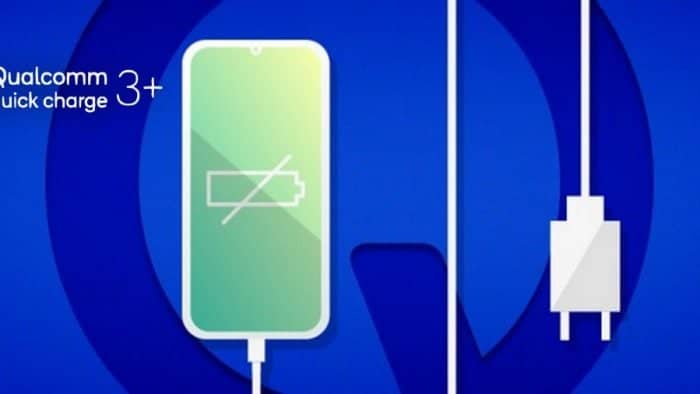There is a growing trend among smartphones and we’re not talking about bezel-less displays, multiple camera arrays, we’re talking about fast-charging capabilities. Now, most of the smartphones in the market are shipping with super-sized batteries, however, this isn’t enough anymore. Besides equipping a new phone with a proper battery, users also demand companies to deliver proper fast-charging solutions. We saw many companies such as Xiaomi, Oppo, and Vivo betting high on this segment. If in the past we’re happy with 18W fast-charging rates, we are now breaking the barriers above 65W. Unfortunately, this still is something limited to premium smartphones. For the most part of mid-range devices, we have a moral limit of 18W and sometimes worse. Qualcomm wants to change this with its new Quick Charge 3+ standard.
That’s an unexpected move from the chipmaker. Back in 2017, the company unveiled its Quick Charge 4+ standard. So it was a natural move to unveil Quick Charge 5 or 5+. However, we’re going behind to Quick Charge 3+ and there’s a reason for this. With the new standard, Qualcomm wants to bring fast-charging solutions for affordable smartphones. According to the company, the new charging tech will bring “advanced charging at a lower price point”. This feature will make way to Snapdragon 765G platforms.

The first appearance of this technology will happen through the newly-launched Mi 10 Lite Zoom or Mi 10 Youth. Interestingly enough, the phone is said to also feature Quick Charge 4+. It’s the world’s first smartphone to come with both charging solutions. Of course, this new technology will be widely available through upcoming mid-range smartphones as it should make way to more Snapdragon platforms in the future.
Quick Charge 3+ main specifications
- Fast-Charging and Improved efficiency: The technology allows users to charge from flat 0% to 50% in 15 minutes. It’s 35% more efficient than the previous generation and 9 ºC cooler.
- Support for USB Type-A to Type-C cable and accessories
- Backward compatibility with previous-generation Quick-Charge devices.
- Integrated cable power capability or identification
- Support for new PMICs such as SMB1395/SMB1396. They’ll bring massive advantages such as eliminating the need for external components an overvoltage protection chip and a sense resistor.






How much is the price of that wall charger
Great news just hope all manufacturers move to type C charging cables